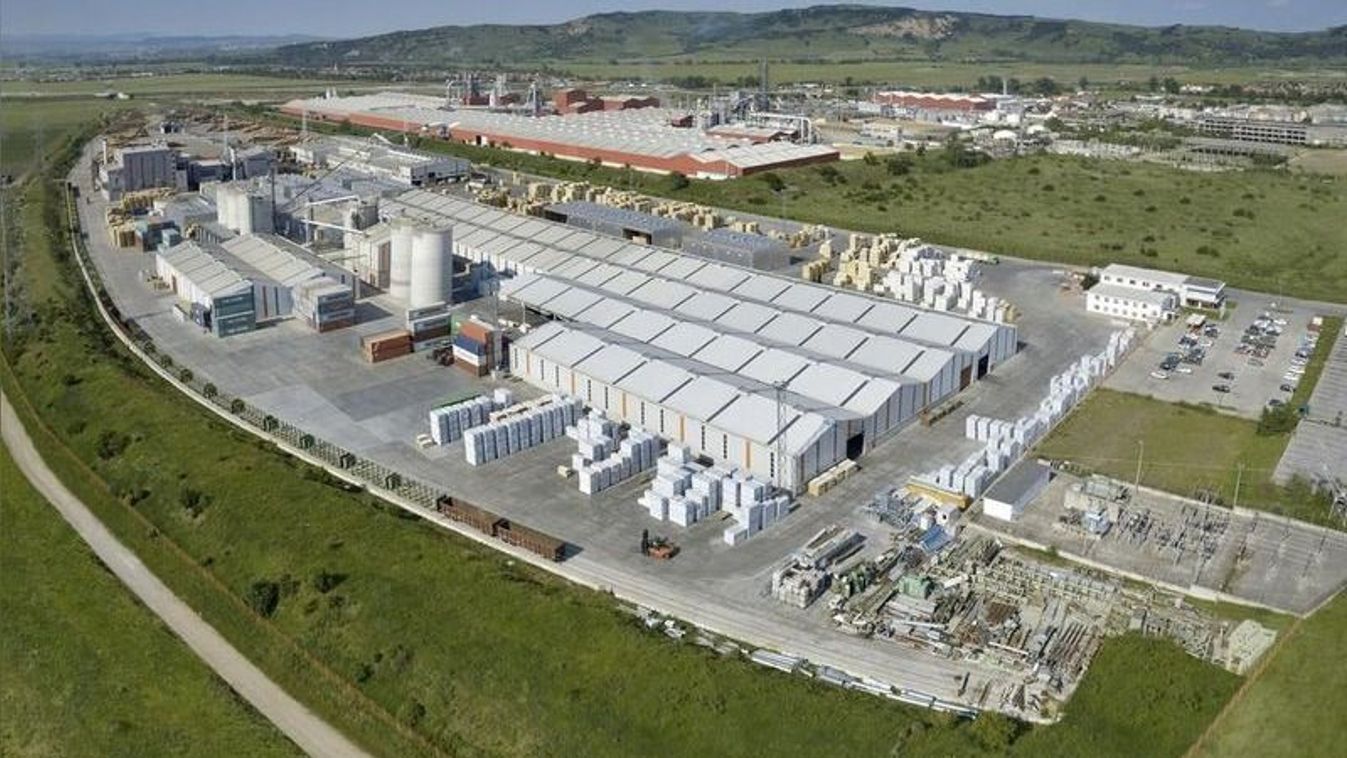késleltetett adatok
Taking Hope in the Long View
Meanwhile, banking policy is crippled by populist reaction against more bailouts, and monetary policy by a strange mindset among central bankers that fears inflation even as wage growth continues to drop. As R.G. Hawtrey said of such people’s predecessors in the Great Depression, they are “crying ‘Fire! Fire!’ in Noah’s flood.”
It is time to calm down. And the best way to calm down is by taking the long view.
If all goes well in China and India in the next generation – and if nothing goes catastrophically wrong in the rich, post-industrial, North Atlantic core of the global economy – the next generation will reach a real milestone. For the first time, more than half of the world will have enough food not to be hungry, enough shelter not to be wet, enough clothing not to be cold, and enough medical care not to be worried that they and most of their children will die prematurely of micro-parasites.
The big problems for most of humanity will be to find enough conceptual puzzles and diversions in their work and leisure lives to avoid being bored, and enough relative status not to be green with envy of their fellows. And, of course, they will have to dispose of thugs who used to have spears but will now have cruise missiles and H-bombs – that is, the macro-parasites that have infected humanity ever since the first farmers realized that having crops took away the option of running away into the forest.
How did this miracle come about?
Some say that it was the disenchantment of the world: the shift from a worldview that relied on prayer and the propitiation of spirits to one that relied on rational manipulation and management of nature and of society. But the Classical Greeks had natural philosophy, and the Classical Romans believed in figuring out what worked and applying it. Yet all they produced were some splendid works of architecture and infrastructure and a system of military training that spread their society beyond the Mediterranean.
Some say that the miracle stemmed from an agricultural revolution that freed a large chunk of the labor force to make things rather than grow food. But eleventh-century China had a bigger and earlier agricultural revolution than eighteenth-century Britain, and China would have to wait another millennium before emerging as a global power.
Some say that the European conquest of the Americas deserves the credit. But what was shipped back from America across the Atlantic to Europe – and what was paid for in imports from Asia with American products – was never real wealth. It was merely sterile gold and silver, some empty calories (in the form of sugar), and some psychoactive products – coffee, tea, chocolate, and tobacco.
Some say that it was the commercial revolution and the rise of the middle class that brought us to the brink of victory over scarcity. But Adam Smith in 1776, and David Ricardo a little later, looked forward to a future Britain that looked a lot like China – a full country with high agricultural productivity and a well-developed division of labor but a very poor peasantry and working class ruled by very rich landlords.
Or maybe it was the industrial revolution of the eighteenth century in Britain – the steam engine, the forge, and the cotton mill – that set the train of progress in motion. But, as late as 1871, John Stuart Mill was writing that it was doubtful whether all of the industrial revolution’s inventions had lightened the day’s toil of a single worker.
Looking back, it is difficult to avoid the conclusion that it was at the end of the nineteenth century that something really special happened. That really special thing had three parts.
First, the advent of global communications meant that ideas invented or found or applied in one part of the world could be quickly made known to and adapted in other parts of the world, rather than waiting decades or centuries to percolate across the oceans.
Second, the coming of global transportation meant that any good idea could be put into practice to produce enormous profits as it was leveraged across the entire globe.
Third – and in large part a consequence of the other two – the rise of the professional inventor and the industrial research laboratory created a class of people whose business was not to make and apply a single invention, but to invent the process of continuous and constant invention and innovation itself.
Because all three of these developments occurred at roughly the same time, we had our critical mass and the chain reaction that has brought us here. Let’s hope that we can keep it in motion, and that we don’t spoil it by losing sight of what was really important in bringing it about.
The author is a former US Assistant Secretary of the Treasury, is Professor of Economics at the University of California at Berkeley and a Research Associate at the National Bureau for Economic Research.
© Project Syndicate 1995–2010

Portfóliónk minőségi tartalmat jelent minden olvasó számára. Egyedülálló elérést, országos lefedettséget és változatos megjelenési lehetőséget biztosít. Folyamatosan keressük az új irányokat és fejlődési lehetőségeket. Ez jövőnk záloga.






















